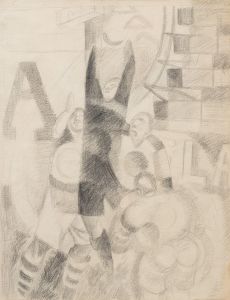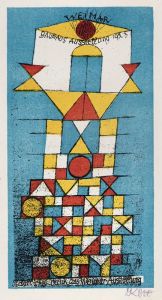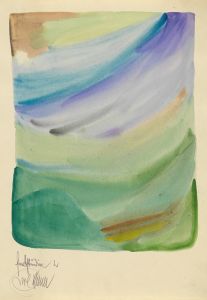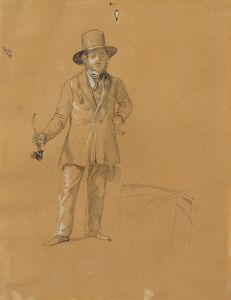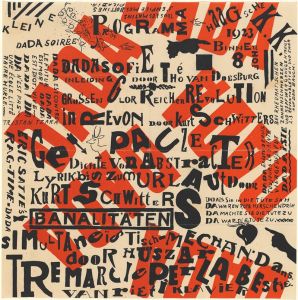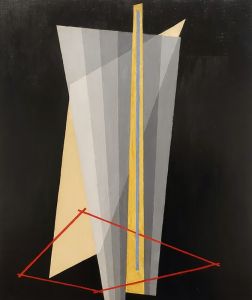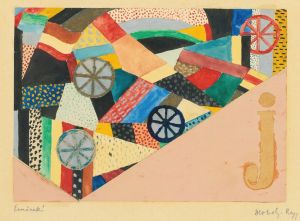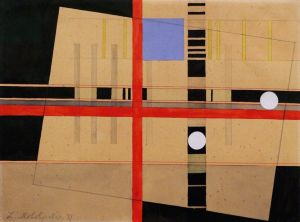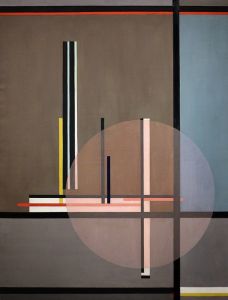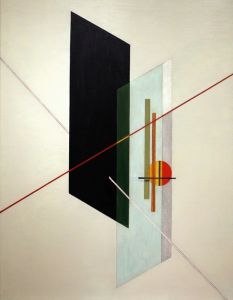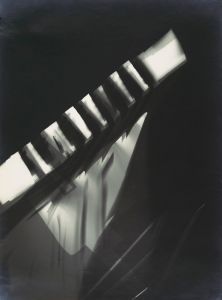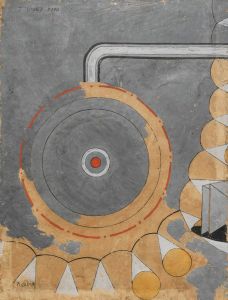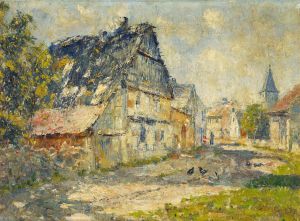
Weimar Bauhaus Postkarten Nr 7; Moholy-Nagy
A hand-painted replica of László Moholy-Nagy’s masterpiece Weimar Bauhaus Postkarten Nr 7; Moholy-Nagy, meticulously crafted by professional artists to capture the true essence of the original. Each piece is created with museum-quality canvas and rare mineral pigments, carefully painted by experienced artists with delicate brushstrokes and rich, layered colors to perfectly recreate the texture of the original artwork. Unlike machine-printed reproductions, this hand-painted version brings the painting to life, infused with the artist’s emotions and skill in every stroke. Whether for personal collection or home decoration, it instantly elevates the artistic atmosphere of any space.
László Moholy-Nagy was a prominent figure in the Bauhaus movement, known for his innovative approach to art and design. He was a Hungarian painter and photographer, as well as a professor at the Bauhaus school. Moholy-Nagy's work is characterized by its exploration of light, technology, and the integration of art and industry. One of his notable contributions to the Bauhaus was his involvement in the production of postcards, which served as a means of disseminating the school's avant-garde ideas.
The Weimar Bauhaus Postkarten Nr 7 is one of a series of postcards produced during the Bauhaus period. These postcards were not only a form of artistic expression but also a tool for communication and promotion of the Bauhaus philosophy. Moholy-Nagy's contribution to this series reflects his interest in graphic design and his ability to convey complex ideas through simple, yet striking visual forms.
Moholy-Nagy's work often incorporated elements of Constructivism and Dada, movements that emphasized the use of geometric shapes, photomontage, and experimental techniques. His approach to art was deeply influenced by his belief in the transformative power of technology and its potential to reshape society. This is evident in his use of photography and photograms, which he saw as a new way of seeing and representing the world.
The Bauhaus postcards, including Nr 7, were designed to be both aesthetically pleasing and intellectually stimulating. They often featured abstract compositions, bold typography, and a dynamic use of space. Moholy-Nagy's designs were no exception, as they challenged traditional notions of art and design by blurring the boundaries between different media and disciplines.
In addition to his work on the postcards, Moholy-Nagy was instrumental in developing the Bauhaus curriculum, particularly in the areas of photography and new media. He encouraged students to experiment with materials and techniques, fostering an environment of creativity and innovation. His influence extended beyond the Bauhaus, as he later moved to the United States and founded the New Bauhaus in Chicago, continuing to promote the integration of art, technology, and education.
The Weimar Bauhaus Postkarten Nr 7 is a testament to Moholy-Nagy's vision and his commitment to pushing the boundaries of art and design. It serves as a reminder of the Bauhaus's enduring legacy and its impact on modern art and architecture. Moholy-Nagy's work remains influential, inspiring generations of artists and designers to explore the possibilities of new media and to rethink the role of art in society.
In summary, László Moholy-Nagy's involvement in the Weimar Bauhaus Postkarten series highlights his innovative approach to art and design. His contributions to the Bauhaus movement and his exploration of new media have left a lasting impact on the world of art, making him a key figure in the history of modernism.





